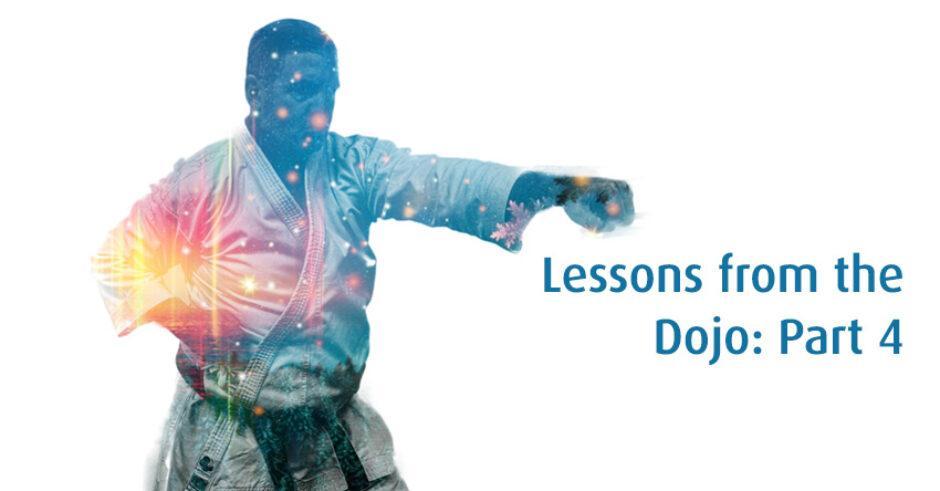Mental and physical discipline
Martial arts is about the refinement of a series of techniques learnt via a combination of activities. Instruction, demonstration, practice, trial and error and coaching. Once the basics of a techniques are learnt they are repeated over and over again building up muscle memory and instinct. This is because if you are ever in a fight situation, you body responds to the threat in a very specific way.
Being involved in a threatening situation causes a person to be physiologically “triggered,” with epinephrine (adrenaline) and cortisol production causing an increase in heart rate, sweaty palms, shallow breath, and typically anxiety.
The martial artist is in part training to be able to perform optimally under these circumstances. This includes being psychologically aware of the bodies reaction to threat, managing them, and performing despite the threat. One of the key elements to this is breathing. The old saying when one is stressed or feeling overwhelmed of “just take a deep breath” is actually very sound advice. Its relevant and is an important step in starting to regulate your physiological response to perceived threat. Gaining control of your breathing under stress is a key element of ensuring that you are not overcome and unable to perform optimally.
Here is a secret though. Your body does not only respond in this way when you are threatened physically. It responds in a similar way when it perceives any threat, learnt or real. We can become emotionally distressed when a person, place, or situation in our environment preconsciously reminds us of a perceived threat/danger in the past, activating our emotional memory system and causing us to react as if the threat were present in real-time, even if it is not. The brain’s quick response to threats is therefore adaptive. However, in the modern world, this sensitivity to perceived threat can be maladaptive. Perception of threat (being evaluated by your boss, being late for work, being judged by your co-workers etc etc) elicits (often) milder versions of the same physiological changes in our bodies.
I believe, after decades of being a practitioner, that the training in martial arts assists you with managing stress and threat responses in broader life. Using a number of training met including what Paul Ryder calls Resisted Training. The martial artists trains in a way that most closely simulates the conditions of an actual fight. Once you learn how to respond to physical threat in a way whereby your physiological responses are managed this can be applied to everyday life. I used to call this “being calm under fire” ,combining my martial arts experience and military experience. But the ability to remain calm under fire defines a key leadership characteristic. It also develops resilience, and when combined with being “calm under fire” you have an adaptive leader able to lead a team/organisation through turmoil change and opportunity.
Andrew Fox
If you missed it, you can read Part 1, Part 2 and Part 3 of the series now.




